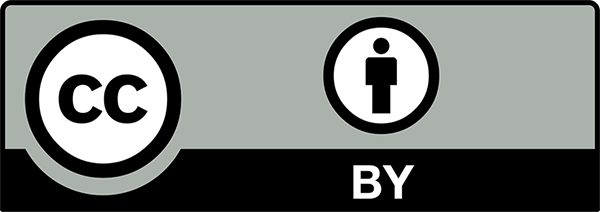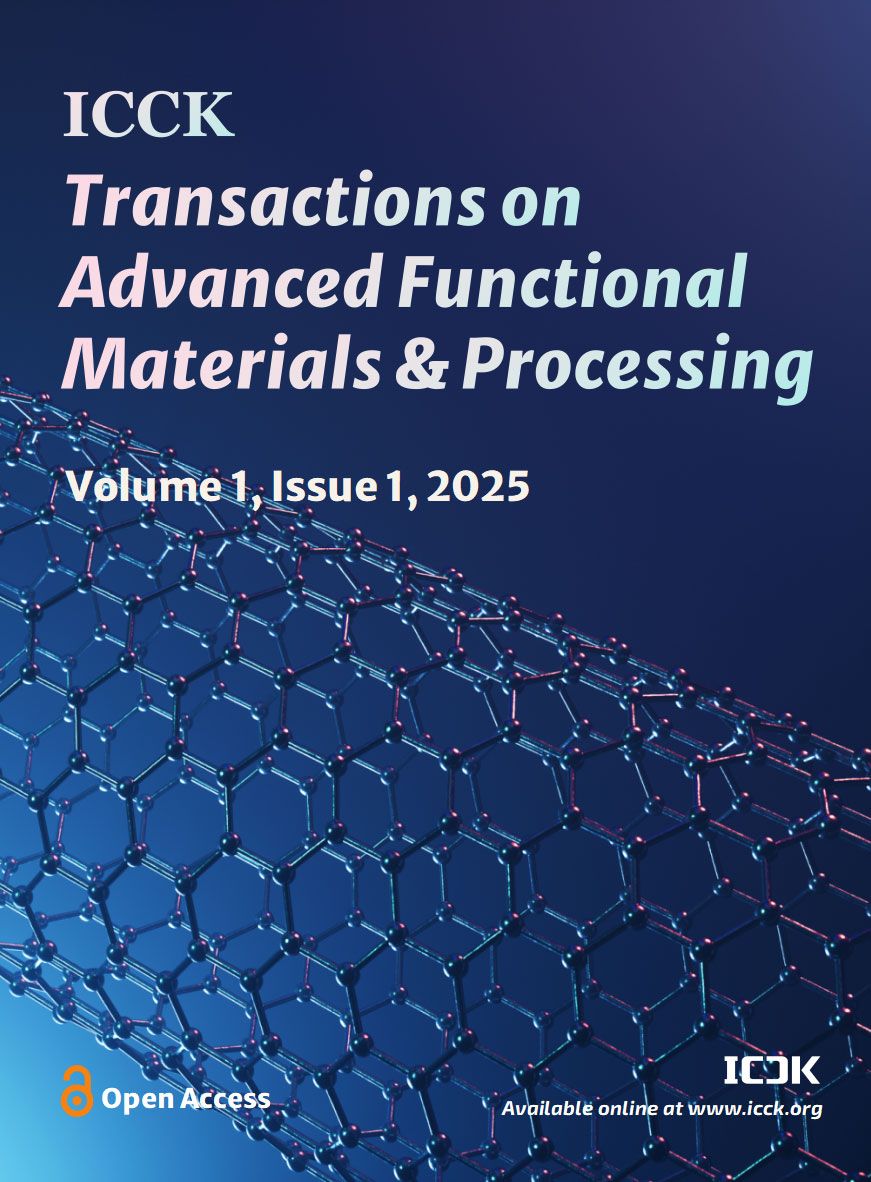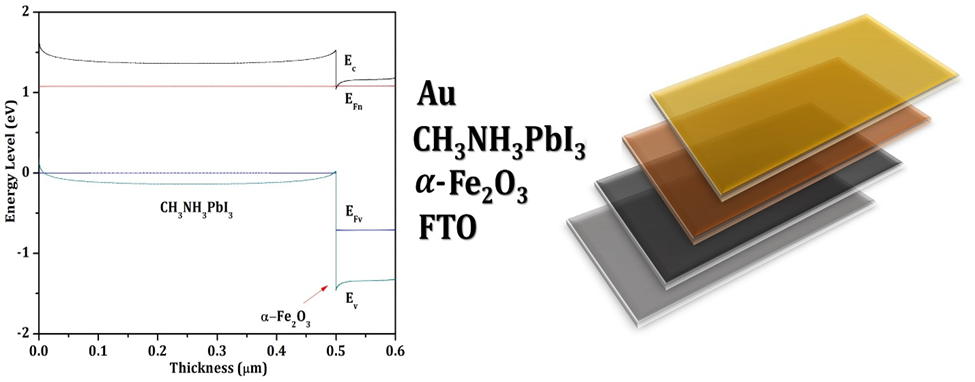Abstract
Perovskite solar cells (PSCs) have appeared as an encouraging photovoltaic technology due to their high efficacy and low fabrication cost. However, their stability and scalability are hampered by charge recombination and intricate multilayer architectures. Using HTL-free design, this work explores reduced PSCs designs with the goal of reducing recombination losses and enhancing the overall device performance. Optimized ETL-only and HTL-free topologies may substantially decline the interfacial recombination and progress in charge extraction, according to numerical simulations conducted with SCAPS-1D. The FTO/α-Fe2O3/CH3NH3PbI3/Au device achieves a high power conversion efficiency (PCE) of
20.99 % with an open-circuit voltage (Voc) of 1.066 V, a short-circuit current density (Jsc) of 25.05 mA/cm2, and a fill factor (FF) of 78.59%. The essential of preserving thermal stability into account in HTL-free topologies is shown by temperature-dependent analysis, which reveals a tolerant decrease in PCE with increasing temperature. These effects show how enhanced HTL-free PSCs may lower manufacturing costs without sacrificing high photovoltaic performance.
Data Availability Statement
Data will be made available on request.
Funding
This work was supported without any funding.
Conflicts of Interest
The authors declare no conflicts of interest.
Ethical Approval and Consent to Participate
Not applicable.
Cite This Article
APA Style
Kumari, M., Kaur, M., & Tangra, A. K. (2025). Numerical Optimization of HTL-Free Perovskite Solar Cells: A Pathway to Enhanced Efficiency. ICCK Transactions on Advanced Functional Materials and Processing, 1(1), 25–31. https://doi.org/10.62762/TAFMP.2025.303826
Publisher's Note
ICCK stays neutral with regard to jurisdictional claims in published maps and institutional affiliations.
Rights and Permissions

Copyright © 2025 by the Author(s). Published by Institute of Central Computation and Knowledge. This article is an open access article distributed under the terms and conditions of the Creative Commons Attribution (CC BY) license (
https://creativecommons.org/licenses/by/4.0/), which permits use, sharing, adaptation, distribution and reproduction in any medium or format, as long as you give appropriate credit to the original author(s) and the source, provide a link to the Creative Commons licence, and indicate if changes were made.


 Submit Manuscript
Edit a Special Issue
Submit Manuscript
Edit a Special Issue

 Copyright © 2025 by the Author(s). Published by Institute of Central Computation and Knowledge. This article is an open access article distributed under the terms and conditions of the Creative Commons Attribution (CC BY) license (https://creativecommons.org/licenses/by/4.0/), which permits use, sharing, adaptation, distribution and reproduction in any medium or format, as long as you give appropriate credit to the original author(s) and the source, provide a link to the Creative Commons licence, and indicate if changes were made.
Copyright © 2025 by the Author(s). Published by Institute of Central Computation and Knowledge. This article is an open access article distributed under the terms and conditions of the Creative Commons Attribution (CC BY) license (https://creativecommons.org/licenses/by/4.0/), which permits use, sharing, adaptation, distribution and reproduction in any medium or format, as long as you give appropriate credit to the original author(s) and the source, provide a link to the Creative Commons licence, and indicate if changes were made. 